With the promotion of new energy vehicles, the number of new energy vehicle owners has gradually increased. Everyone can fully experience the comfortable driving experience brought by new energy vehicles. In the final analysis, it is the addition of the power system, and the core of this is the motor, electronic control and battery unit. I believe that every car owner wants the car to run longer and farther. The motor and electronic control system are finished products and unit modules made by the manufacturer. They can be upgraded and maintained according to the manufacturer’s provision, and users cannot change anything. However, the battery system is different, because the car owner’s car usage habits will lead to different charging and mileage of the batteries of the same batch of cars in the same use cycle. How to prevent the battery from getting worse is the focus of today’s discussion.
Let’s talk about the conclusion first. After all, the theoretical and experimental data look boring. To prevent friends from not being able to read it, I believe that everyone has inevitably encountered these situations during the use of the car.
First, it is necessary to prevent the car from always charging and discharging back and forth in the low power range when using the car, especially at low temperatures. Low temperature plus low power charging and discharging may cause irreversible damage to the battery! For example, when the current power of a plug-in hybrid vehicle is 15% or lower, the power will fluctuate between 30-10% when driving in the city. The driving quality is poor and the fuel consumption is high. At this time, driving is a process of charging and discharging back and forth when the power is low. I believe that every car owner has experienced this situation. Everyone should plan reasonably to avoid this situation.
Second, it is to prevent high-power charging when the power is low. You may have doubts that it cannot be achieved! For example, 1. When the power is low, the throttle is high, the brakes are sudden, and the recoil power is large. Although the battery manager system tries to avoid this situation, our car owners should avoid this from driving habits. 2. The plug-in hybrid vehicle generates 5-8kw of power on the spot when the power is low. It is not recommended to use it for long-term emergency use, which will affect the consistency of the battery.
[Key point! ] In order to better maintain the consistency of the battery power, the following briefly explains how to use BYD charging piles or line equalization to repair the vehicle battery correctly.
BYD slow charging pile or cable plug-in to charge to 100%, automatically enter this state after full charge (Figure 1), do not unplug the charging gun, the charging plug indicator light in the upper right corner is always on, indicating that the charging pile or cable is repairing the battery with a small current balance, and it will automatically cut off after the balance is completed. The charging indicator light in the upper right corner of the instrument goes out and the instrument is completely black. Balance is successful (Figure 2)
Suggestion: Charge as you use it, and plug in the charging gun if conditions permit (don’t unplug the charging gun after it is fully charged, as long as it does not delay the use of the car). Use the power once a week to reduce the SOC to 15%, and once a month to reduce the SOC to 5%. Using a convenient household charger or BYD charging pile for charging balance can best correct the power.
Next, popularize the knowledge of lithium iron phosphate batteries, which have the advantages of high safety (high temperature resistance, puncture and collision safety), high current fast charging and discharging, long life (many cycles), environmental protection and pollution-free, but weak low temperature performance and consistency of the battery cells after series connection (importance of balance) affect the total power. The disadvantage of the series lithium iron phosphate battery pack is the consistency of the battery cells, just like the barrel principle, which depends on the worst battery cell.
Common knowledge about lithium iron phosphate batteries is: the standard single lithium iron phosphate battery is 3.2V, the maximum charging voltage is 3.75V, and the minimum discharge voltage is 2.5V (below 3V, the battery basically does not store more than 10% of its power. In order to better protect the battery, the manufacturer has hidden the upper and lower parts of the battery so that it cannot be charged and discharged to the limit). When discharging, the power is mainly concentrated between 3.4V and 3.0V, and charging is mainly concentrated between 3.0V and 3.5V.
There are no two identical batteries in the world. Even if they are very close, they are in different positions (battery packs), resulting in different temperatures and internal resistances. When charging with the same current, they will not reach the maximum limit at the same time. BYD’s BMS (battery management system) is very reliable (when any battery reaches 3.65V during charging, it is considered to be fully charged and will not be charged again to prevent overcharging and enter balancing (a small current discharges the power of the high-voltage battery to make its voltage consistent with others); during the discharge process, if the voltage of any battery drops to 2.5V suddenly, the whole vehicle will stop discharging to protect the battery).






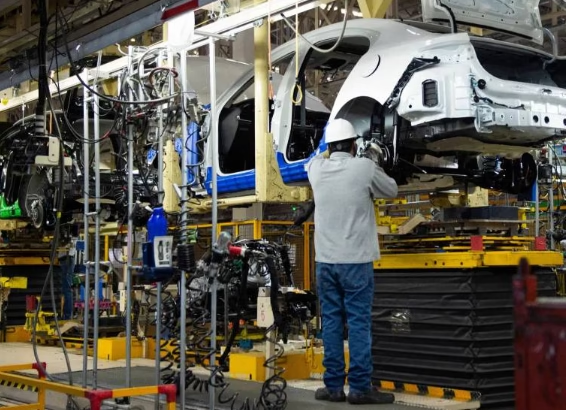
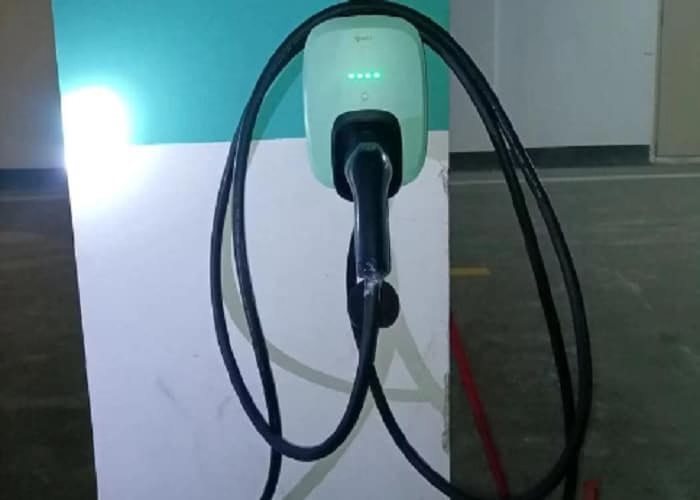
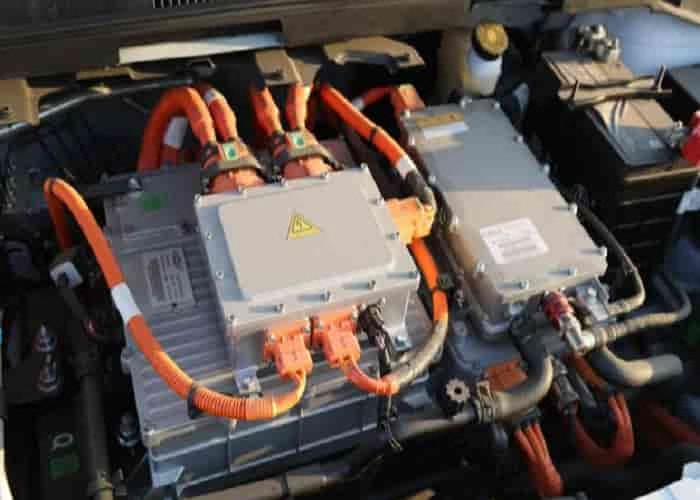
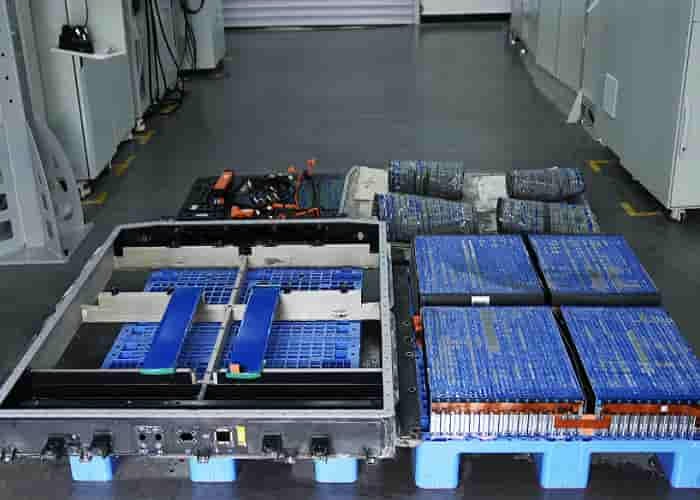
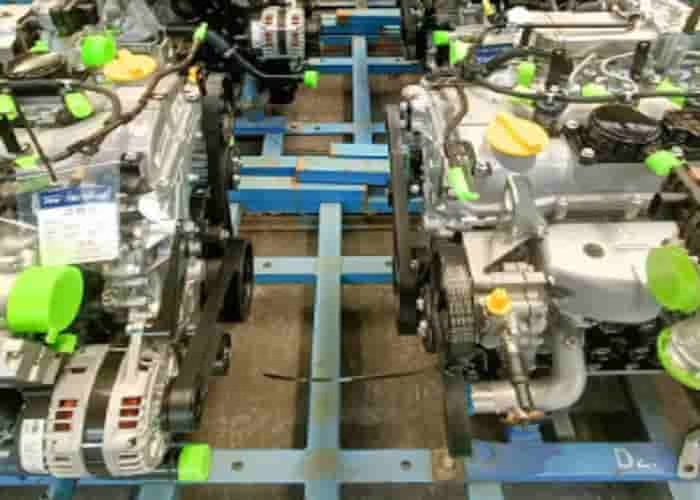
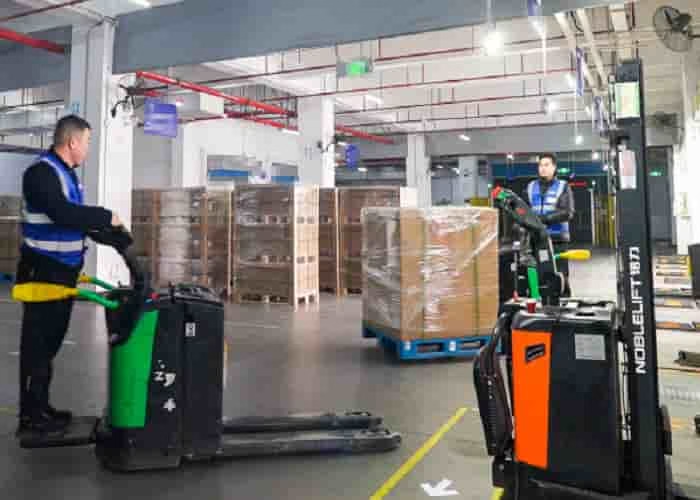
Leave a Reply